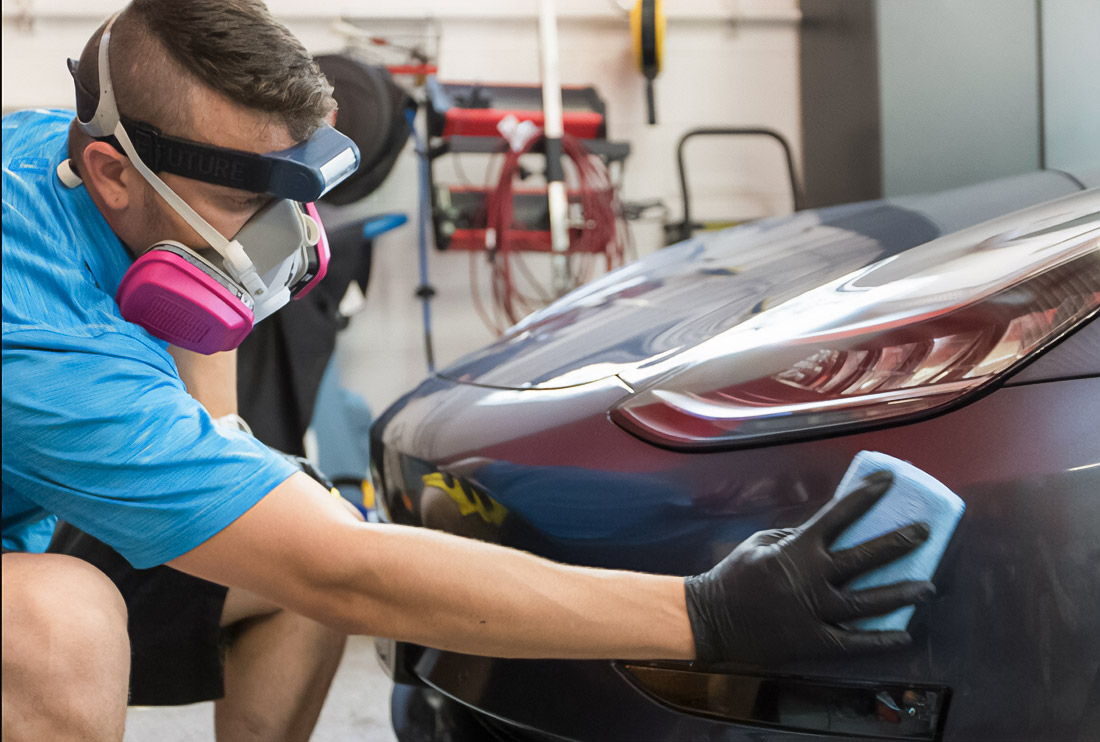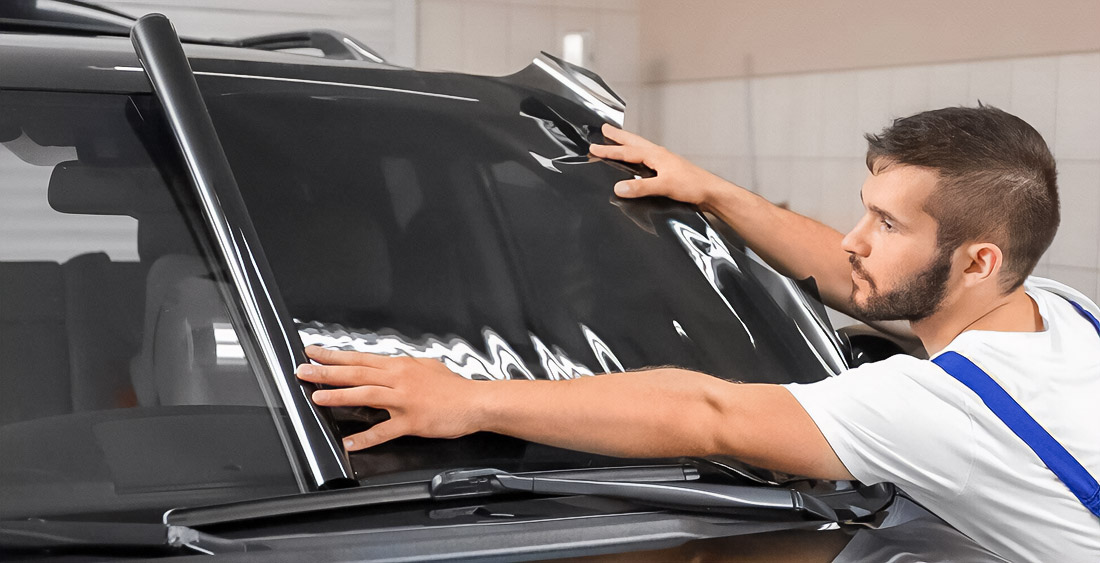A day at the beach may seem effortless, but for a car it becomes a hidden battle. Each drive across the sand unleashes fine particles that slip into seams, mark the paint with scratches, and sink into floor mats. The salty ocean breeze makes matters worse, combining with moisture to speed up oxidation and turn minor blemishes into spreading rust. Even a thin haze drifting from the shore carries salt that settles on body panels and undercarriage alike. Research shows this corrosive reach extends nearly 8 kilometers inland, so simply parking near the coast slowly subjects a vehicle to lasting harm.
The Underlying Risks Of Sand And Salt

Sand acts as an abrasive. It not only spoils the paint, but also gets into the ventilation, glass cracks and door joints. Salt enhances the destruction process: it is fixed in the crevices, retains moisture for a long time and creates an electrically conductive environment, which causes the metal to rust faster. The first corrosion spots may appear within a few weeks if the machine is not washed and protected.
Protective Measures For The Vehicle Exterior

Regular application of wax remains the easiest solution. It lasts for about two months and forms a barrier that reduces the risk of scratches. For long-term protection, a ceramic paint protection layer is used; it retains its properties for up to two years and reliably reflects moisture. A separate method is a protective film that “self-repairs” in case of minor damage and protects the paintwork.
You should wash your car at least once a week near the coast. You should always start with plenty of rinsing with water, otherwise the grains of sand will only increase the damage during friction. Special attention is paid to the wheel arches, subframe and hidden areas.
Interior Maintenance And Preservation
If sand gets into the cabin, it is extremely difficult to get rid of it. Fabric mats only trap dirt, but rubber carpets with sides make it easy to shake out the settled particles. Seat covers, towels on the panel, and timely vacuuming help keep things clean. It is better to wipe the surfaces with microfiber, as it does not leave scratches. Heat and UV rays combined with sand destroy plastic and fabric faster than it seems.
Impact On Mechanical Components And Safety
Sand clogs the engine’s air filter, reduces the air supply and leads to overheating. The cabin filter also suffers: the air conditioner works worse, the air becomes dirtier. The windshield cracks faster during temperature changes, especially if the grains of sand are trapped in microcracks. Suspension and brakes corrode due to salt, creaks appear, the elasticity of parts is lost, and the risk of breakage increases.
Recommendations For Preventive Care
- Wash the bottom and arches after each trip to the beach.
- Use wax or ceramic coating for the body.
- Put down rubber mats and interior covers.
- Never wash with a dry cloth rinse with water first.
- Check the filters more often, especially in summer.
- Avoid standing near water and direct sun for a long time, use a cover.
Sand, salt, heat and humidity are constant enemies of the car in coastal areas and desert areas. They cause corrosion, scratches, damage the suspension and engine, and worsen the condition of the interior. But regular washing, waxing or ceramics, careful filter checking and the habit of protecting the machine allow you to preserve its appearance and technical condition for years to come. For drivers who spend time near the shore, whether in their own vehicle or using a car rentals in Dubai, awareness of these hidden risks ensures that the journey stays smooth while the car remains protected against an aggressive environment capable of destroying metal faster than expected.

Surfer, coffee addict, music blogger, Swiss design-head and communicator, collector, connector, creator. Making at the junction of art and intellectual purity to give life to your brand. Check me out on Dribbble or Medium.
